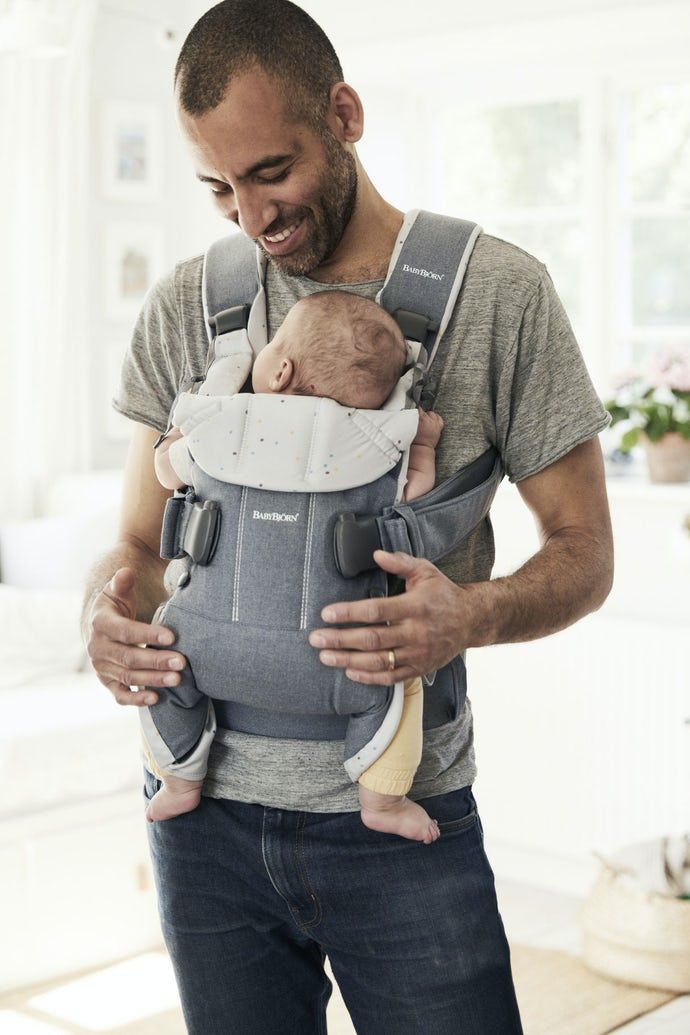Baby Carrier Facing Out Age

Let s discuss the pros and cons of front facing position in a baby carrier.
Baby carrier facing out age. A baby carrier that supports the upper legs encourages proper hip development. As soon as your baby can hold his head up steadily usually around 4 to 6 months you can turn him out to face the world though some babies may still prefer the cozier snuggling position of facing inward for a few more months. Facing out in a baby carrier. What you need to know.
At this time you can also move your baby to the back or hip positions as long as the baby is ergonomically supported. Those babies already diagnosed with ddh should steer clear of front facing. Facing in newborn and infant facing out and back carry. At about the age of five months when your baby s neck muscles are stronger you can start carrying in the facing out position curious babies usually enjoy.
When the baby s legs are left dangling on the sides at any age from birth to 3 years old it can create permanent problems for the hips especially if the. The warmth of your breath and the sound of your heartbeat are reassuring to your baby. Front facing helps in developing spinal curvature of the baby and promotes a good head control. The front facing position is a very popular position for many reasons.
Many babies aged 3 6 months start to enjoy looking around them. Baby s back will lie directly against mom s tummy. This is achieved by baby carriers that are designed to give maximum lumbar support for the baby. If the proper position to carry a baby in a carrier is not maintained it is possible to harm your baby s hips and lead to hip dysplasia which is the abnormal formation of the hips.
Once past the newborn stage when your baby can hold their head up by themselves they can ride in this facing out position. Front facing carriers do not support little hips. This position should only be used with front carriers that are designed for facing out positions. Emily williamson february 4 2019 faqs.
This best selling carrier costs around 30 and allows you to hold baby in four different ways. At this age it s best to carry in the facing in position to strengthen the bond between you. Check out this medical research by the international hip dysplasia institute and the infant biomechanics of different types of baby carriers. While it s machine.














































